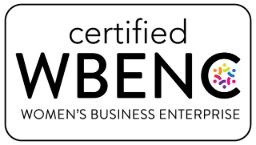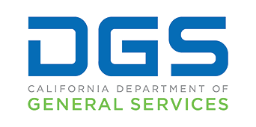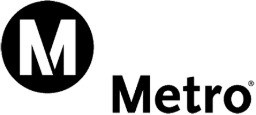YOUR INNOVATIVE BRAND PARTNER
Leaders in large format printing and creative brand activations.
CR&A Custom is a printing company in Los Angeles focused on large-scale designs, specializing in creative visual solutions. Whether it’s vinyl banners, barricades, signs, building wraps, vehicle wraps, or floor graphics, our large format and digital printing products will take awareness of your brand to the next level!

Design
We offer design services to ensure that your vision translates seamlessly to the final, printed and installed product. Working primarily in vector mode and CMYK, our design team is able to create freely, knowing that resolution and color accuracy will be maintained in the finished piece.

Our large format digital press portfolio includes high-speed advanced print technology from Durst and HP. With environmentally friendly inks and materials, we can ensure high-quality visuals at any scale. Trust us to produce vibrant, durable prints and meet your tight deadlines. Take confidence in knowing that our printers produce exceptional color fidelity across all surfaces.

Install
Not only are we the leading large format printing company in Los Angeles, we also have the best installers. This means that we have total control over the large format communication process. From the initial idea through installation, we take care of every detail to make your message stand out.
THINK BIG, PRINT LARGE
Have a question or need a quote fast?
Our team’s ready to help.
END-TO-END SOLUTIONS
From concept creation to installation, we offer a complete range of large format printing services, providing a hassle-free experience for our clients.
QUALITY ASSURANCE
Uncompromising quality is our promise. Expect exceptional designs, superior large format printing, and flawless installations, consistently delivered.
ECO FRIENDLY
Not only are we equipped with the latest and greatest large format printing technology in the industry, we also exclusively use environmentally friendly inks.
TIMELY DELIVERY
Our team is dedicated to timely project completion meeting deadlines without compromising on creativity or quality.
OUR CERTIFICATIONS











OUR RECENT BLOGS:
Request a free Quote!